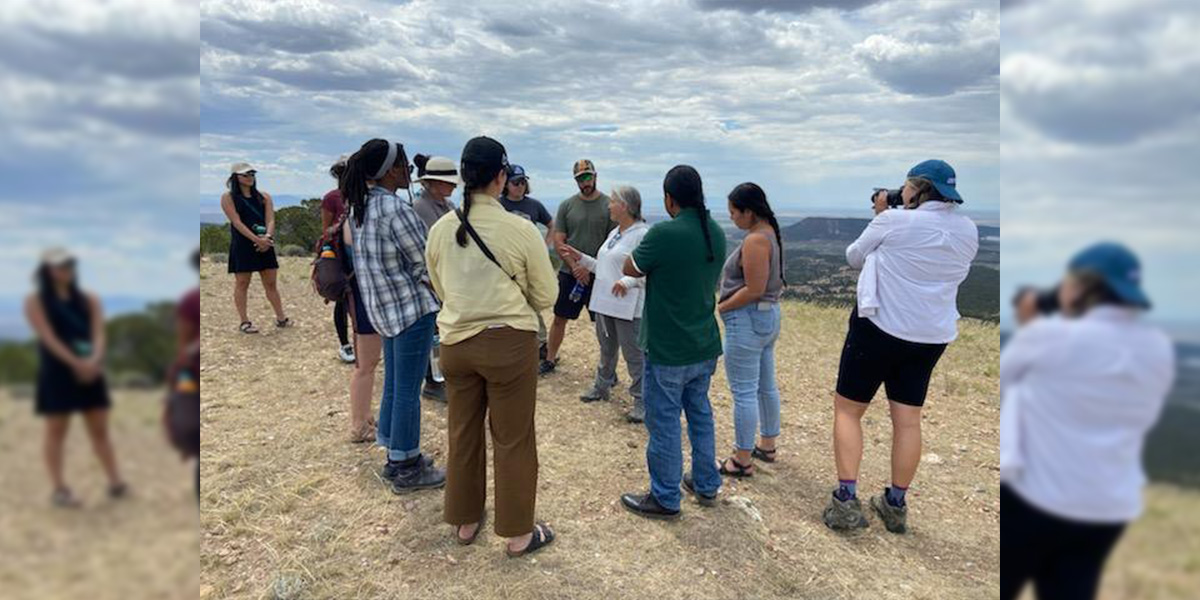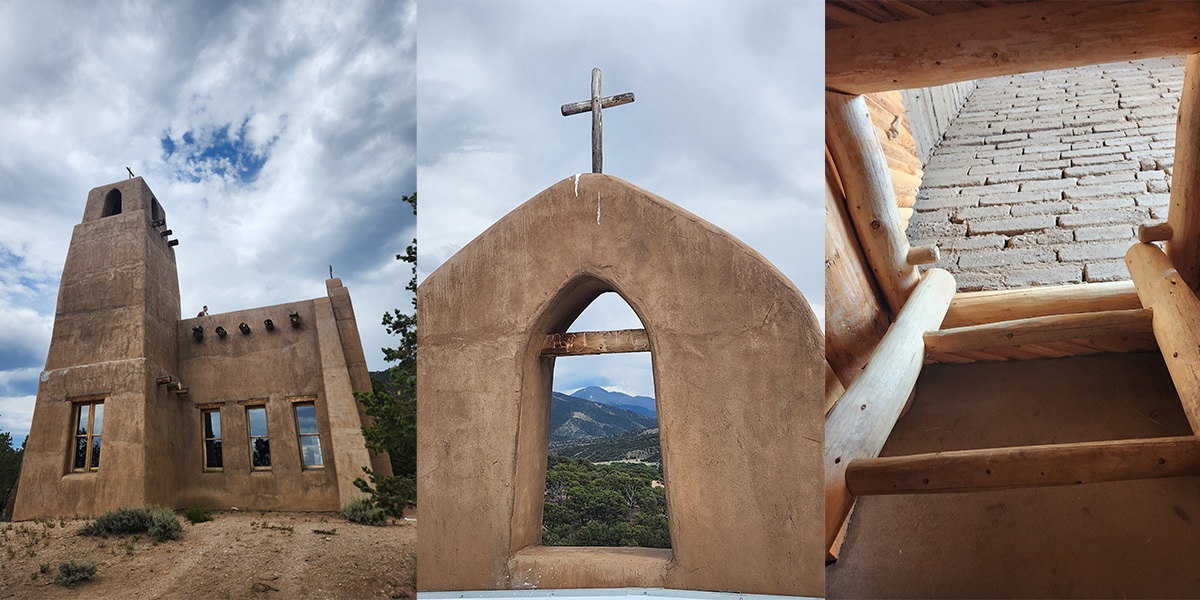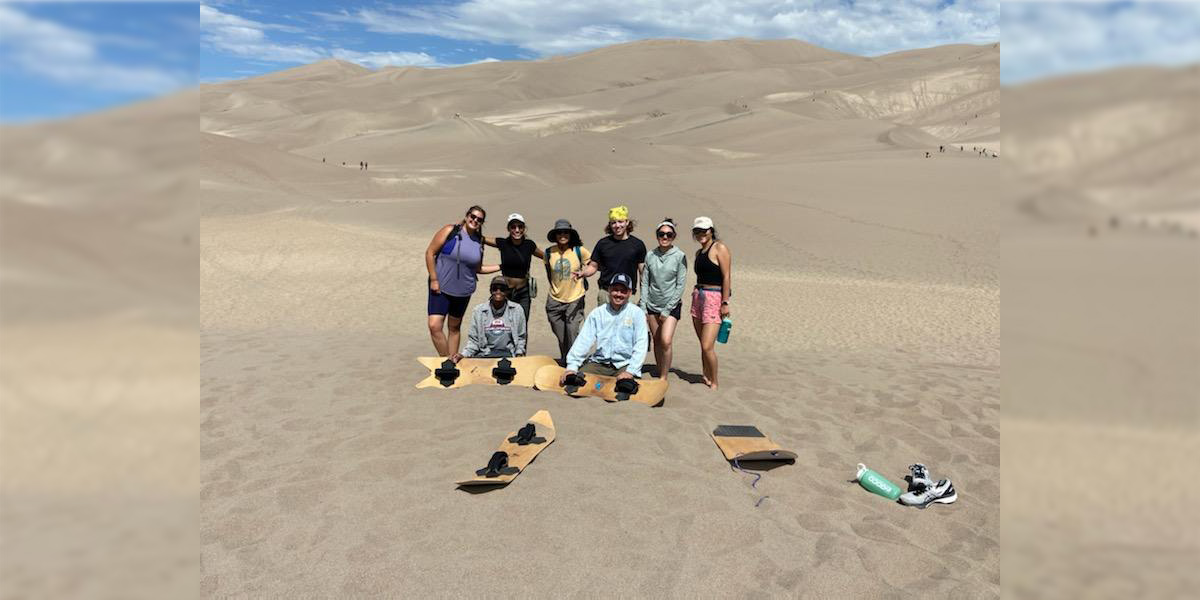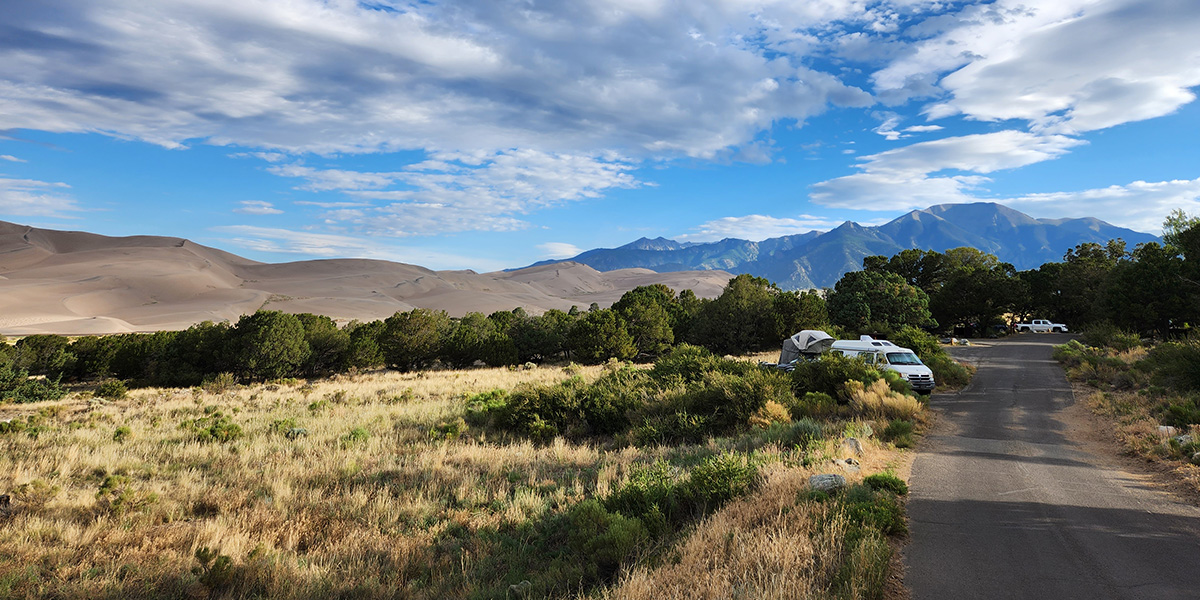An unfortunate discovery resulted in the author’s conservation passion
I didn’t grow up in a hunting or fishing family. However, like most kids in Montana, I spent a lot of time outdoors rock climbing, camping, floating rivers, and skiing. My mom bought me my first fishing rod and tackle box—Tweedy Bird themed, of course—which I took to Flathead Lake to catch perch in the sailboat marina while my dad cursed at the old rusty motor that never seemed to start. I tried fly fishing, and it quickly became an obsession of mine. But I never thought I would become a hunter.
In college, I spent a lot of time at my boyfriend’s house. There, his roommates frequently made nachos, steaks, burgers, lasagna, and other amazing meals from the game meat they hunted. While it was apparent that the romantic relationship wasn’t going to last, I had fallen in love with the taste of elk, mule deer, and pronghorn, and knew I needed to become a self-sufficient hunter.
After taking hunter education, I didn’t really know the next step. No one in my family or friend group donned an orange vest and headed to the mountains looking for deer. Fortunately, I was able to join the University of Montana’s Backcountry Hunters & Anglers collegiate club, which opened up so many opportunities. I attended a Hunting for Sustainability course at the Theodore Roosevelt Memorial Ranch on Montana’s Rocky Mountain Front, where we learned about hunting ethics, techniques, and my favorite part: how to prepare different dishes with game meat.
Through the BHA Club, I also met Mike McTee, a researcher at the MPG Ranch in Montana’s Bitterroot Valley, who came and presented on the impacts of lead from spent ammunition on non-target wildlife species. I was still so new to hunting that I couldn’t quite wrap my head around the concept, but fast forward a year and it would hit home.
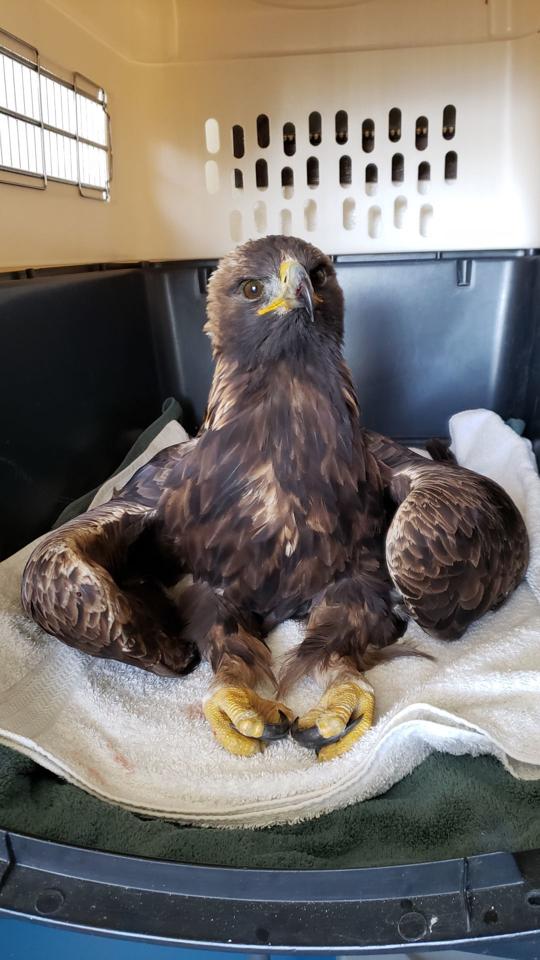
The following hunting season I joined a family friend on a moose hunt, a once-in-a-lifetime tag for him. After two days of only spotting cow/calf pairs, he decided it was time to take a break from moose and try to help me fill my deer tag.
We drove to a Block Management Area—a great cooperative program between private landowners and Montana Fish, Wildlife & Parks that provides landowners compensation for offering free public hunting access to private land. After hunting up and down several drainages, we had yet to see an animal. Not even a coyote slunk through the draws. We decided to head back to the truck and try a different spot, but as we crested a coulee, a golden eagle suddenly appeared in the sagebrush in front of us.
Surprisingly, the huge raptor didn’t fly away. We could tell the eagle was alert but could also see something was wrong. The talons were clenched, and wings drooped forward. The bird was in trouble, and while I’m not a biologist, I knew enough to understand that this eagle would not survive if we left it there. Assuming the bird had been electrocuted by the power lines above us, I found the number for Wild Skies Raptor Center and called the wildlife rescue organization.
The founder, Brooke Tanner, answered the phone and instructed us on how to capture the bird and bring it safely to her center. We grabbed one of our hunting coats and slowly approached the bird. It made a feeble attempt to wobble away, then froze as we tossed the coat over the frail body. The eagle was so weak it didn’t fight back or even jostle was we scooped it up and drove to the house to place it in a dog kennel for safe transport to the rehabbers. I had never seen an eagle up close like that before, let alone held one.
After delivering the eagle to Brooke, she called me a few hours later to explain that the eagle was suffering from lead poisoning.
“Lead poisoning!?” I exclaimed. “Eagles aren’t licking lead paint off old barns!”
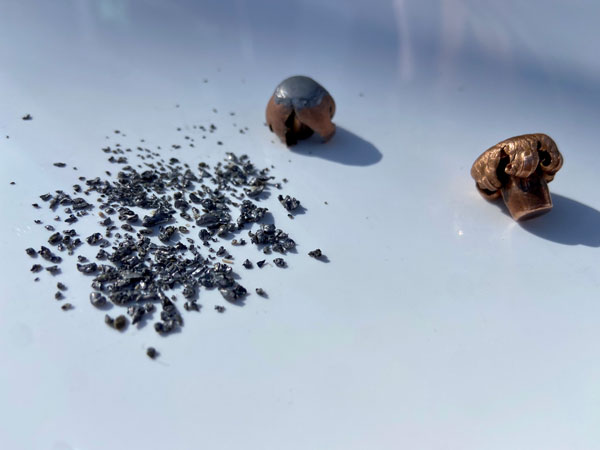
Brooke then reminded me of what Mike McTee had said a year prior—when a hunter shoots an animal with a lead bullet, that bullet shatters into hundreds of tiny fragments. Those fragments end up in gut piles that scavengers, like golden eagles, take as a free meal. Like me, eagles enjoy the bounty of a successful harvest, however when eagles eat gut piles seasoned with lead fragments, the poison can result in a plethora of issues, including weakness, clenched talons, muscle wasting, blindness, and death.
I was floored. I had a lead bullet chambered when I found the eagle.
Brooke also explained to me that there are alternatives to lead bullets that I should investigate. I quickly found that copper bullets don’t fragment like lead, perform at a high-level, and leave a clean gut pile for scavengers. For me, this was a no-brainer transition.
Unfortunately, the golden eagle died two days later. The raptor was too far gone when we arrived to survive chelation, the treatment used on lead-poisoned birds.
This experience led me to my current profession. I’m now the Program Director for a Wyoming-based educational initiative, Sporting Lead-Free. Our mission is to encourage the voluntary use of lead-free ammunition and fishing tackle in the field and promote the conservation ethics of our sporting communities.
As hunters, we have the responsibility not only to the animals we harvest in the field, but to what happens beyond the bullet. Making the voluntary choice to switch to lead-free ammunition when we harvest our game will not only help non-target wildlife like eagles, but also removes one more point of attack on hunting.
Visit www.sportingleadfree.org to learn more about who we are, what we do, and find resources to help you switch to sporting lead free.
PC: Hannah Leonard

